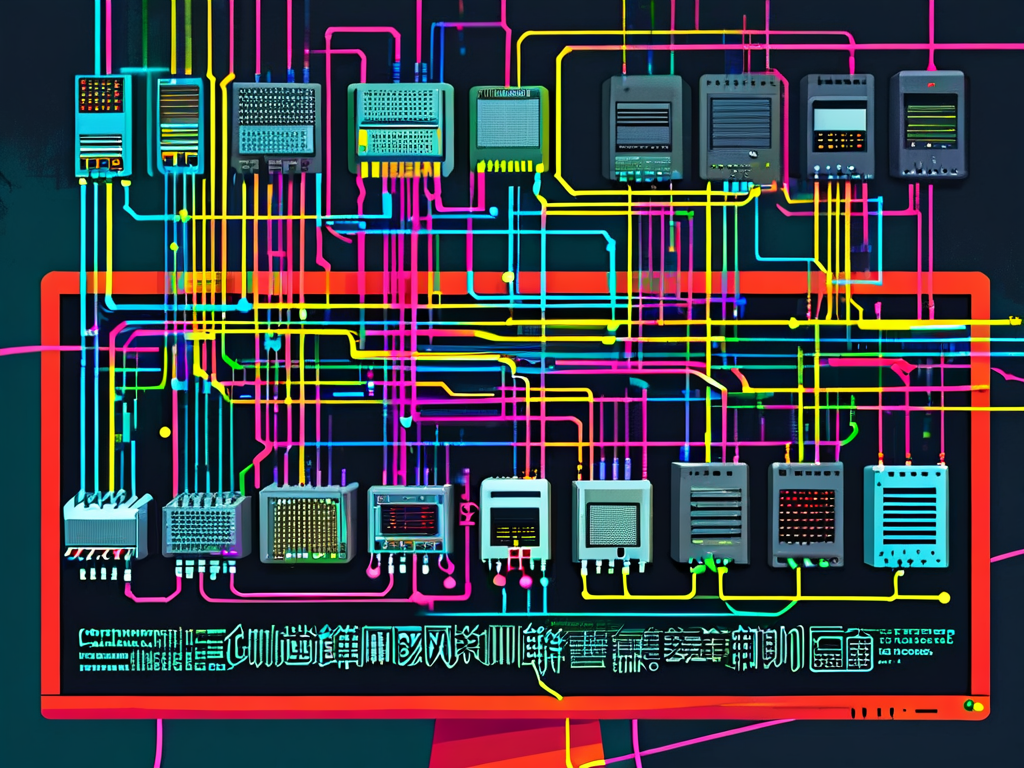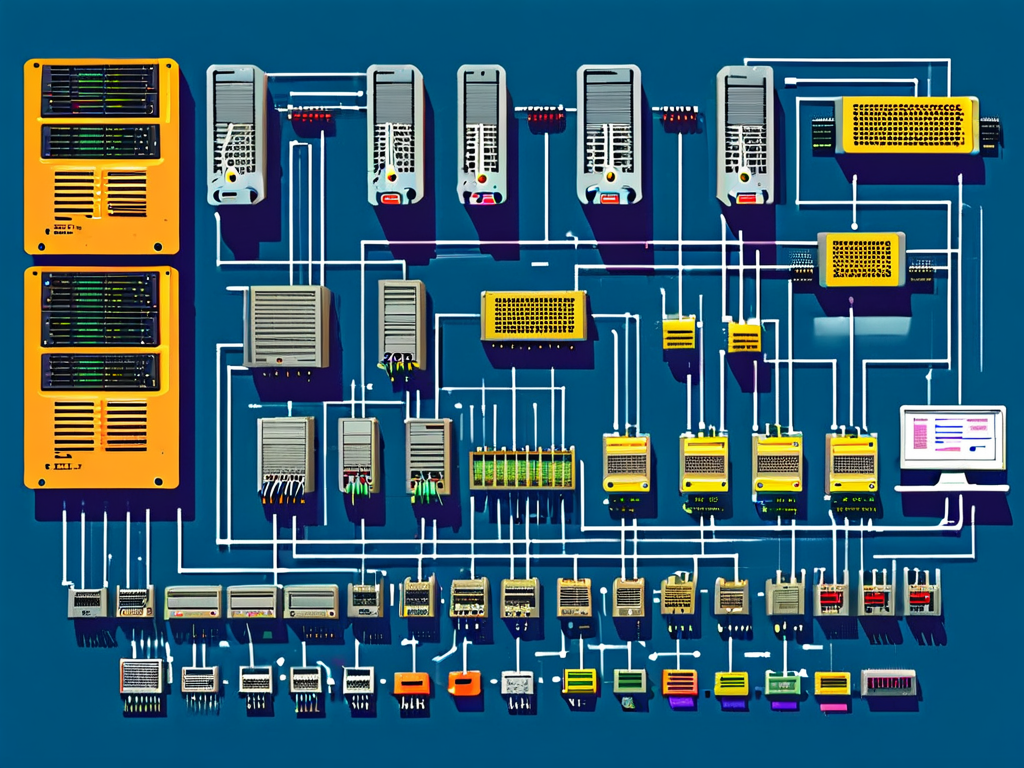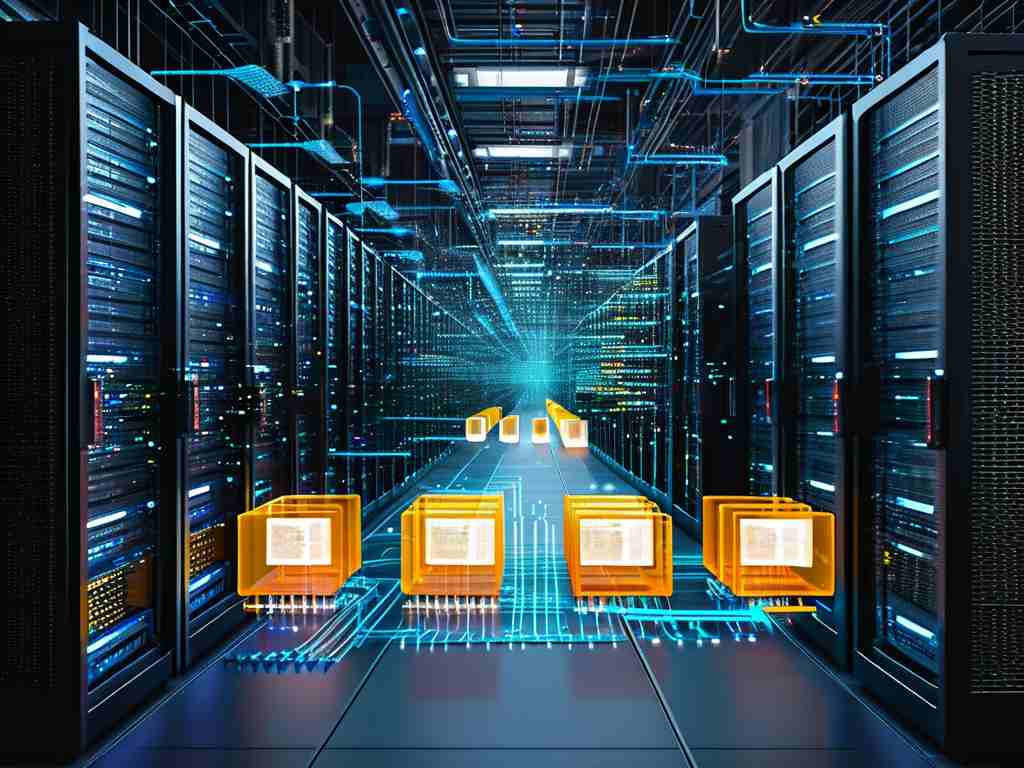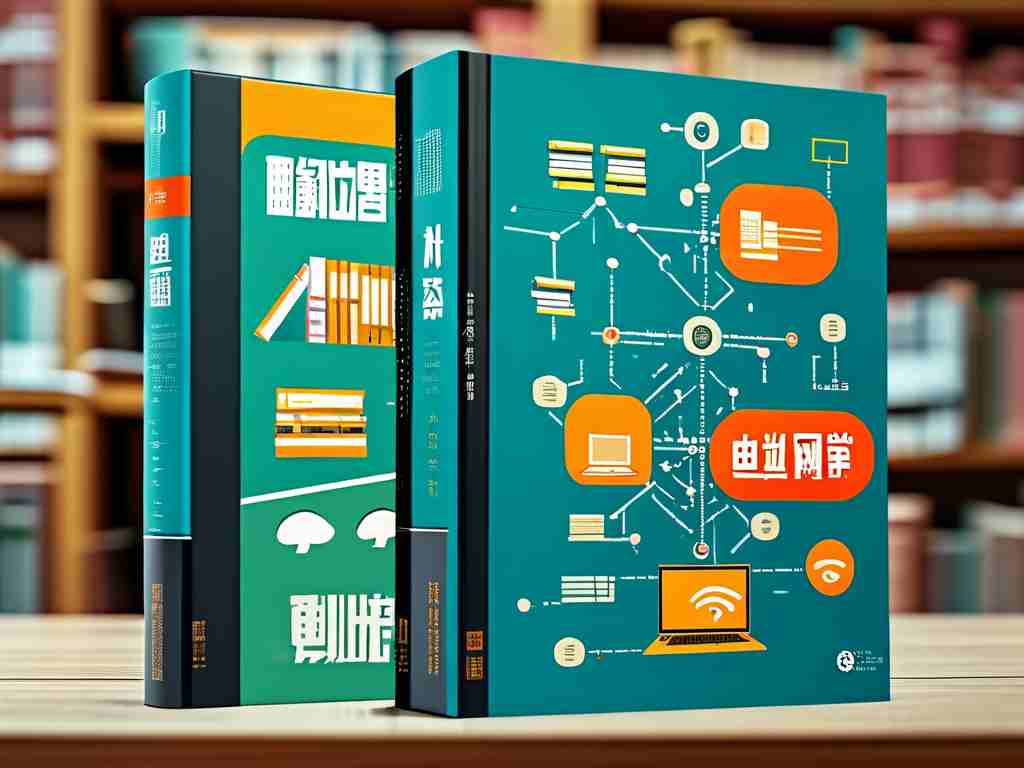The integration of computer networking principles into electrical systems has revolutionized modern infrastructure. At its core, this convergence enables seamless communication between devices, power distribution nodes, and control systems. This article explores foundational concepts, practical implementations, and emerging trends at the intersection of networking and electrical engineering.
Understanding Network Topologies in Power Systems
Electrical grids increasingly rely on network architectures to optimize performance. Star topologies, for instance, are commonly used in smart grid substations where a central controller manages multiple endpoints. Mesh configurations, while more complex, provide redundancy in critical power distribution networks. A 2023 study by the Global Energy Institute revealed that hybrid topologies combining wired and wireless elements reduce outage recovery times by 41% compared to traditional systems.
Protocols for Real-Time Power Management
The OSI model's transport layer plays a vital role in energy systems. Modified TCP/IP stacks now support microsecond-level latency requirements for grid stabilization. Consider this simplified code snippet demonstrating priority tagging for power data packets:
class PowerPacket:
def __init__(self, voltage, priority):
self.header = {"Type": "GridData", "Priority": priority}
self.payload = {"Voltage": voltage, "Timestamp": time.time()}
Such implementations enable differential treatment of critical grid metrics versus routine telemetry data. The IEEE 1815-2022 standard specifies similar frameworks for substation automation.
Cybersecurity Challenges in Networked Grids
As electrical systems adopt IP-based communication, attack surfaces expand dramatically. A 2024 report from CyberGrid Alliance documented a 278% increase in intrusion attempts on power infrastructure networks since 2020. Defense strategies now combine traditional IT security measures with physical layer protections, such as fiber-optic line monitoring that detects cable tampering through light pattern analysis.

Edge Computing in Distributed Energy Resources
Modern renewable installations leverage edge networking to manage decentralized generation. Solar farm arrays using local area networks (LANs) with OPC UA protocols can autonomously adjust power output based on real-time grid demands. This approach reduces reliance on centralized control systems while maintaining compliance with IEEE 1547-2018 interconnection standards.

Future Directions: Quantum Networking in Power Transmission
Experimental projects are testing quantum key distribution (QKD) for ultra-secure grid communication. Researchers at the Swiss Federal Institute of Technology recently demonstrated error-free quantum communication across 30km of high-voltage transmission lines. While still in early stages, this technology could address growing concerns about post-quantum cryptography vulnerabilities in critical infrastructure.
The fusion of computer networking fundamentals with electrical systems continues to shape energy infrastructure evolution. From protocol optimization to quantum-resistant security frameworks, these technological synergies promise enhanced reliability, efficiency, and adaptability in power networks worldwide. As industry standards evolve, professionals must maintain expertise in both networking principles and electrical engineering concepts to drive innovation in this interconnected landscape.









